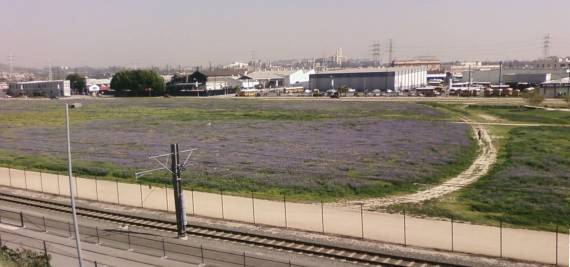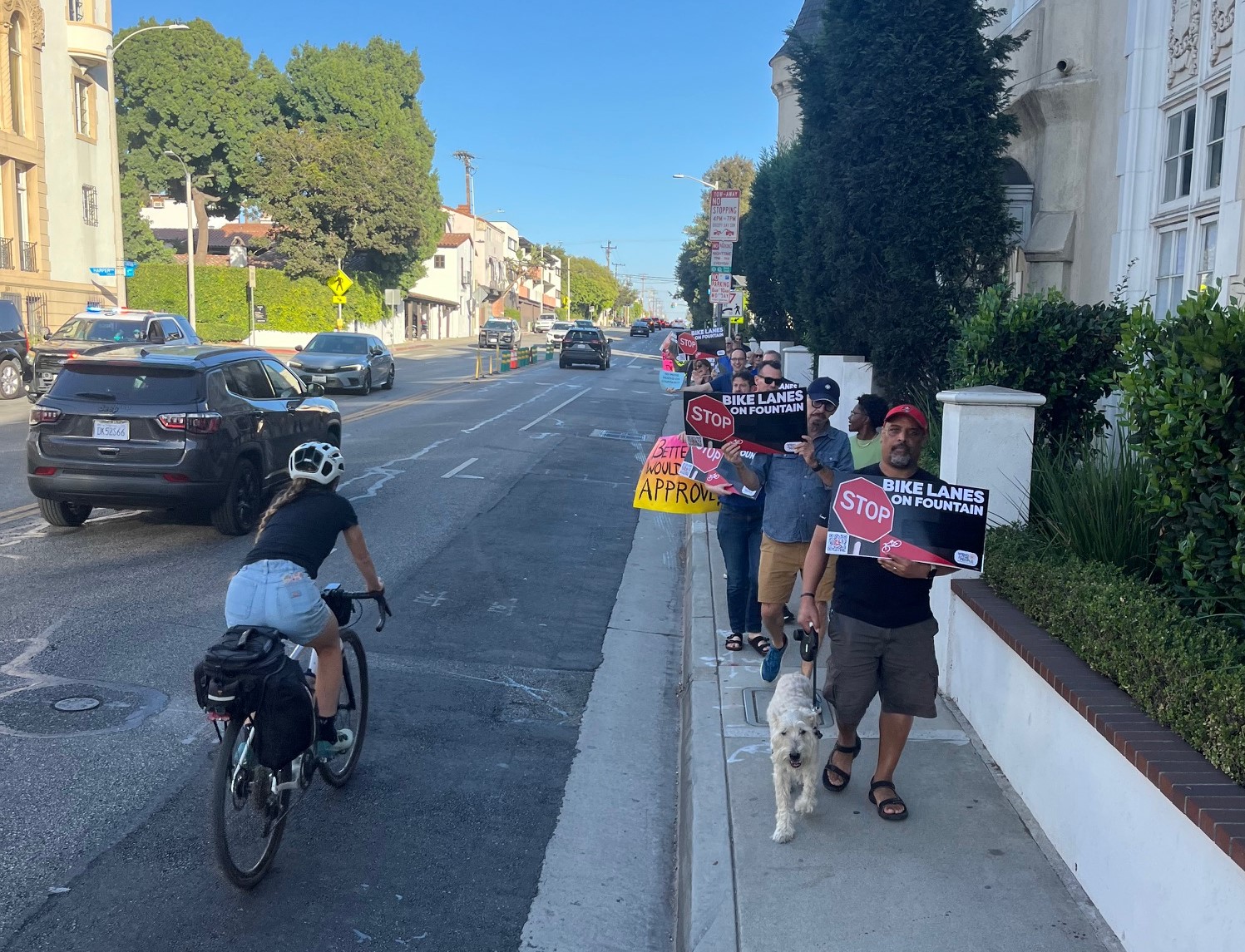
Can a community plan claim to be progressive without a strong affordable housing component?
That questions has been at the heart of a debate about the Cornfield Arroyo Seco Specific Plan (CASP) that promises to transform 660 acres located in the communities of Lincoln Heights, Cypress Park and Chinatown from mixed-use, mostly industrial, to a more residential area with industrial areas designed to attract green and other LEED certified (environmentally clean) businesses. Back in March of 2009, Joe Linton described many of the benefits of the plan, including a decoupling or parking from rental or purchase fees of new apartments.
But what makes the plan so impressive to Livable Streets advocates makes it a nightmare for affordable housing ones. Because the plan offers increased density and reduced parking requirements without requiring an affordable housing tradeoff, advocates are concerned that the end result of the CASP will be to force out existing residents by turning the area into one for those earning a higher income.
“The critical question about the Cornfields Arroyo Seco Specific Plan is this: Will the plan lead to luxury housing and market rate shops unaffordable to local residents? Or will it lead to a community where everyone can live?" asks Serena Lin, a staff attorney with Public Counsel. "Right now the plan prioritizes luxury housing developers over local residents, and we call on Councilman Ed Reyes to amend it."
If CASP had a provision that offered extra density bonuses or reduced parking standards if a developer agrees to build a small percentage of affordable units, the Plan could be a real tool in our City’s toolkit argues Public Counsel. Instead of fighting with community groups, the city could proactively plan for communities where all residents, including people struggling with poverty, can afford to live. Instead, the Plan offers developers incentives to build market rate housing, without any provision for affordable housing. In an area with a median income of less than $25,000 per year, much of the current community would get priced out of a community where they.
“There’s been a lot of pressure to change the zoning for the plan are over the years," explains Claire Bowen, the project manager with the Department of City Planning (Planning) for the project.
Bowen points to recent affordable housing developments that have already gone into the area, many of whom are getting exclusions from the existing zoning code. This leads to "spot zoning" and haphazard mixed use planning that benefits few people. Instead of pushing people out of the area, Bowen argues that the community will be improved to make life better for the people already living in the area.
But she also readily concedes that the CASP is about bringing in new people and new businesses into the area.
“This is an area we’re trying to attract people to,” Bowen supplies. “Cities that are successful in attracting new clean or green light industrial uses, they’re attracted to areas that have these types of amenities versus single zoned areas.”
At a public meeting held on Saturday, residents and community leaders expressed concern about bringing in too many new people without providing an affordable way to maintain housing for current residents and expanded affordable housing for their families. Representatives from the East Los Angeles Community Corporation, Los Angeles Taxi Workers Alliance, Homeboy Industries and the Southeast Asian Community Alliance (SEACA) all voiced concern at the lack of affordable housing guarantees in the plan. All in all, between 80-100 people attended the meeting, most of those who spoke were there to raise concerns about CASP's impact on existing community residents.
"We fought hard to build the vibrant community that we have here," claims Sissy Trinh, with SEACA. "Now the city is setting in motion a plan that risks destroying that in order to build luxury housing. All the while, the luxury housing that was built in the last few years sits empty while our families struggle to find affordable housing."
SEACA has created a website outlining the pros and cons of the CASP from their point of view and offers ways the city could improve upon the existing plan. SEACA notes there are many benefits to the plan as it exists including better streets, better bicycle infrastructure and the potential to bring more jobs, more affordable housing and more transit options to the area. For each of their cons, City Planning has some sort of answer, although in many cases the answer wouldn't be satisfactory to those pushing to protect the community.
For example, SEACA argues that while CASP would double the residents living in the area, there are no plans to improve the infrastructure to help move all of the new residents and deal with new traffic. City Planning points to the impressive bicycle and pedestrian infrastructure planned for the area and the existing transit infrastructure. The CASP area includes two Gold Line Stations, is adjacent to another one and if you add up all of the bus stops made in a given day, it averages roughly 1,000 stops per day.
But is that a realistic transportation plan when so many of the "market rate" units that will be encouraged will be filled by people with the means to own or lease automobiles? If the city's plan were to attract more affordable housing, then there would likely be a lower physical impact on road infrastructure as there would be less cars. But the plan is to attract more middle-class, or "market rate" housing. Will these new residents be as wiling to forego their cars?
To answer that question, Bowen and Planning point to the reduced car parking requirements in the CASP. It's undeniable that limiting the amount of space for personal vehicle storage is a proven way to reduce congestion and vehicle miles traveled while encouraging a more healthy lifestyle. Bowen herself argues that there is way too much car parking in Los Angeles. "We waste so much space holding space just waiting for a car to show up.”
Special thanks to Allison Mannos who reported on this weekend's community meeting.






